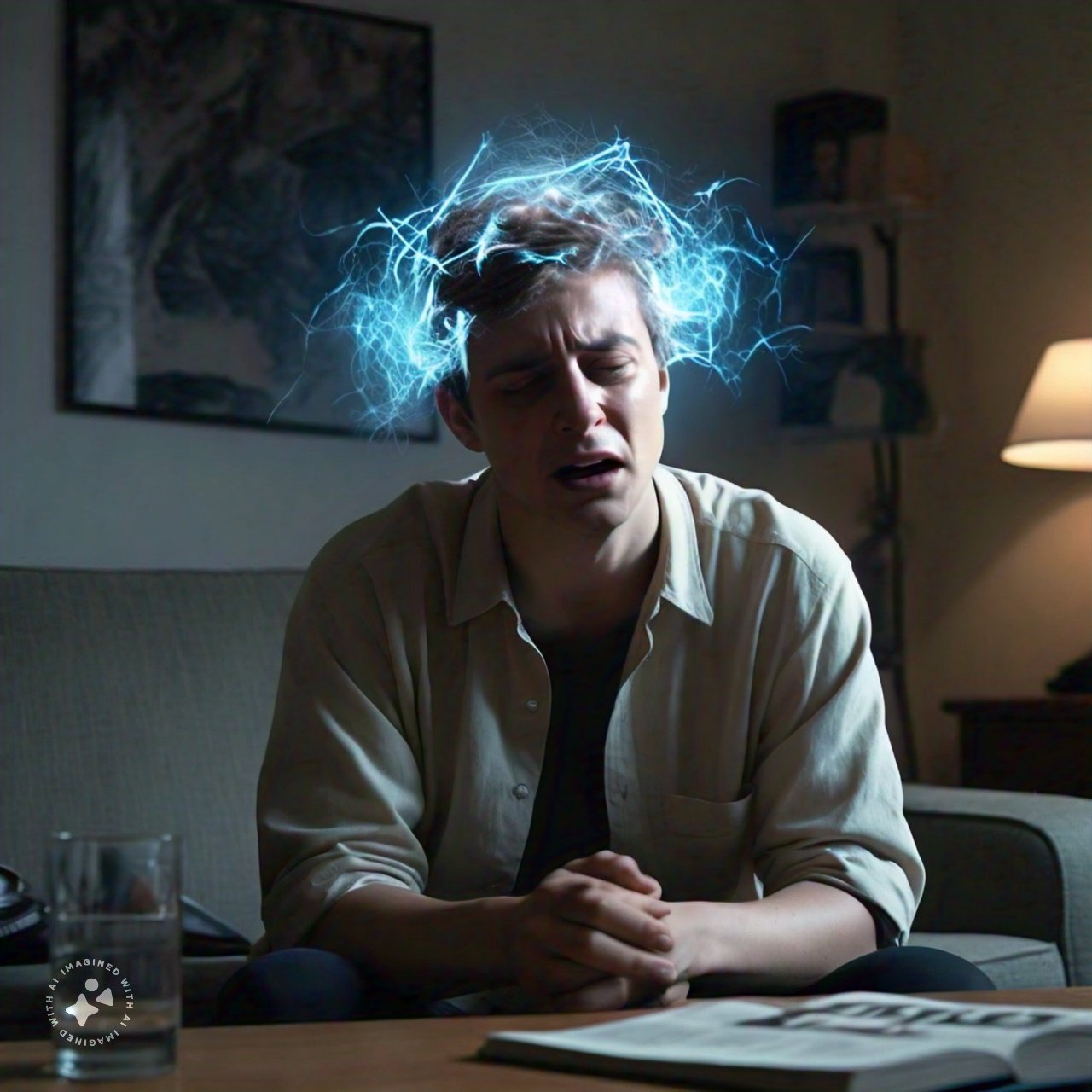Bipolar disorder presents a complex challenge characterized by its extreme mood swings, which include emotional highs (mania or hypomania) and lows (depression). Managing these episodes effectively requires precise and adaptable treatment strategies. Atypical antipsychotics play a crucial role in this process, offering relief from the intense symptoms that characterize both ends of the mood spectrum. These medications help stabilize moods and prevent the extreme fluctuations that can disrupt a patient’s life.
At Lumina Psychiatry, we take a cutting-edge approach to integrating atypical antipsychotics into treatment plans. Our team focuses on tailoring medication strategies that address the unique needs of each patient, enhancing the effectiveness of treatment and improving overall quality of life. This personalized care model ensures that our patients receive the most advanced and appropriate treatments available for managing bipolar disorder.
Understanding Bipolar Disorder
Nature of the Disease

Bipolar disorder features a cycle of mood episodes that oscillate between manic highs and depressive lows. These swings affect emotional stability, energy levels, and the ability to carry out day-to-day tasks. The manic phase might involve elevated mood, hyperactivity, and euphoria, whereas the depressive phase can bring about feelings of sadness, hopelessness, and a loss of interest or pleasure in most activities. The cyclic nature of these episodes often makes predicting and managing the condition a constant challenge for those affected.
Challenges in Treatment
Treating bipolar disorder effectively poses several significant hurdles. Chief among these is medication non-compliance, where patients may skip doses or stop taking their medication altogether, often due to side effects or during periods when they feel better. The complex nature of mood stabilization further complicates treatment, requiring a finely tuned balance of medications to manage the highs and lows without triggering further episodes or side effects. Healthcare providers must work closely with patients to devise and adjust treatment plans that maintain long-term stability in a disorder marked by its unpredictability.
Atypical Antipsychotics Explained
What Are Atypical Antipsychotics?
Atypical antipsychotics, also known as second-generation antipsychotics, differ significantly from their first-generation counterparts, the typical antipsychotics. Doctors often prefer atypical antipsychotics because they tend to cause fewer side effects related to movement. Common atypical antipsychotics used in treating bipolar disorder include risperidone, olanzapine, and quetiapine. These medications provide a crucial function in managing both the manic and depressive phases of the disorder.
Mechanism of Action
Atypical antipsychotics work by influencing various neurotransmitter pathways in the brain. Primarily, they target dopamine and serotonin receptors. This action helps correct the neurotransmitter imbalances often seen in bipolar disorder. By modulating these pathways, atypical antipsychotics can reduce the frequency and severity of mood swings. They help stabilize moods, which significantly impacts overall treatment success.
The ability of these drugs to manage symptoms across both phases of bipolar disorder makes them invaluable in comprehensive treatment plans. As a result, patients often experience improved mood stability and a better quality of life. This dual action marks a significant advance in the pharmacological treatment of bipolar disorder, aligning more closely with the complex nature of the condition.
Benefits of Atypical Antipsychotics in Bipolar Disorder
Atypical antipsychotics excel in controlling manic episodes, rapidly reducing symptoms such as elevated mood, increased energy, and risky behaviors. Furthermore, these medications are expanding their role in treating depressive symptoms, offering hope in phases marked by sadness and lethargy. They effectively stabilize moods, bridging the gap between the emotional extremes of bipolar disorder. Consequently, patients enjoy more predictable days, experiencing fewer mood swings. This stability is crucial, as it enhances overall functionality and quality of life. Importantly, the versatility of atypical antipsychotics makes them integral to both acute and maintenance phases of treatment, providing continuous support across the disorder’s spectrum.
Side Effects and Management
While atypical antipsychotics are effective, they also bring potential side effects such as weight gain, drowsiness, and sometimes tremors or stiffness. Patients can manage these effects successfully with careful monitoring and guidance from healthcare professionals. Adjusting dosages or supplementing with other medications often helps mitigate unwanted effects. Regular follow-ups ensure that the treatment remains beneficial while minimizing discomfort. By actively managing side effects, patients can maintain their treatment course and improve their overall well-being under the supervision of their medical team, optimizing the therapeutic benefits of atypical antipsychotics in treating bipolar disorder.
Comparing Treatments: Atypical Antipsychotics vs. Other Modalities
Atypical antipsychotics often provide broader symptom control compared to traditional mood stabilizers like lithium and valproate. These stabilizers mainly prevent mood swings but may not address the full spectrum of bipolar symptoms. Atypical antipsychotics, on the other hand, manage a wider array of symptoms including acute manic and depressive episodes. They also tend to offer quicker symptom relief, which is crucial during severe episodes. Moreover, atypical antipsychotics have a more favorable side effect profile, especially in terms of cognitive impact, making them a preferred option for many patients.
Benefits of Integrated Treatment Approaches
Using a combination of medications often leads to better outcomes in managing bipolar disorder. Integrated treatment approaches allow for tailored strategies that address multiple aspects of the illness simultaneously. This method enhances overall effectiveness, reduces the frequency of episodes, and improves patient adherence to treatment. By combining mood stabilizers with atypical antipsychotics, doctors can stabilize mood while also treating acute symptoms effectively. Such comprehensive care supports long-term stability and helps patients maintain a higher quality of life with fewer disruptions from bipolar episodes.
Lumina Psychiatry’s Role in Advancing Bipolar Disorder Treatment
Lumina Psychiatry actively integrates atypical antipsychotics within a broader treatment framework to advance the care of bipolar disorder. Our approach emphasizes patient-centered care, where we tailor treatment plans to meet the unique needs of each individual. By incorporating atypical antipsychotics, Lumina Psychiatry effectively addresses a wide range of bipolar symptoms, enhancing the stability and quality of life for their patients.
We focus on personalized care, ensuring that each treatment strategy not only manages the disorder but also aligns with the patient’s lifestyle, preferences, and overall health goals. This commitment to customized care helps improve patient adherence and satisfaction, demonstrating Lumina Psychiatry’s dedication to leading-edge treatment and patient well-being in managing bipolar disorder.
Conclusion
This discussion has highlighted the vital role of atypical antipsychotics in treating bipolar disorder, showcasing their ability to manage both manic and depressive phases effectively. These medications enhance patient stability and improve overall life quality. The importance of professional guidance in managing bipolar disorder cannot be overstated, as it ensures that treatments are both effective and tailored to individual needs. Lumina Psychiatry continues to lead in this area with our pioneering efforts, integrating advanced pharmacological solutions within comprehensive, patient-centered care frameworks. Our approach underscores the significance of innovation and personalization in the treatment of bipolar disorder.




